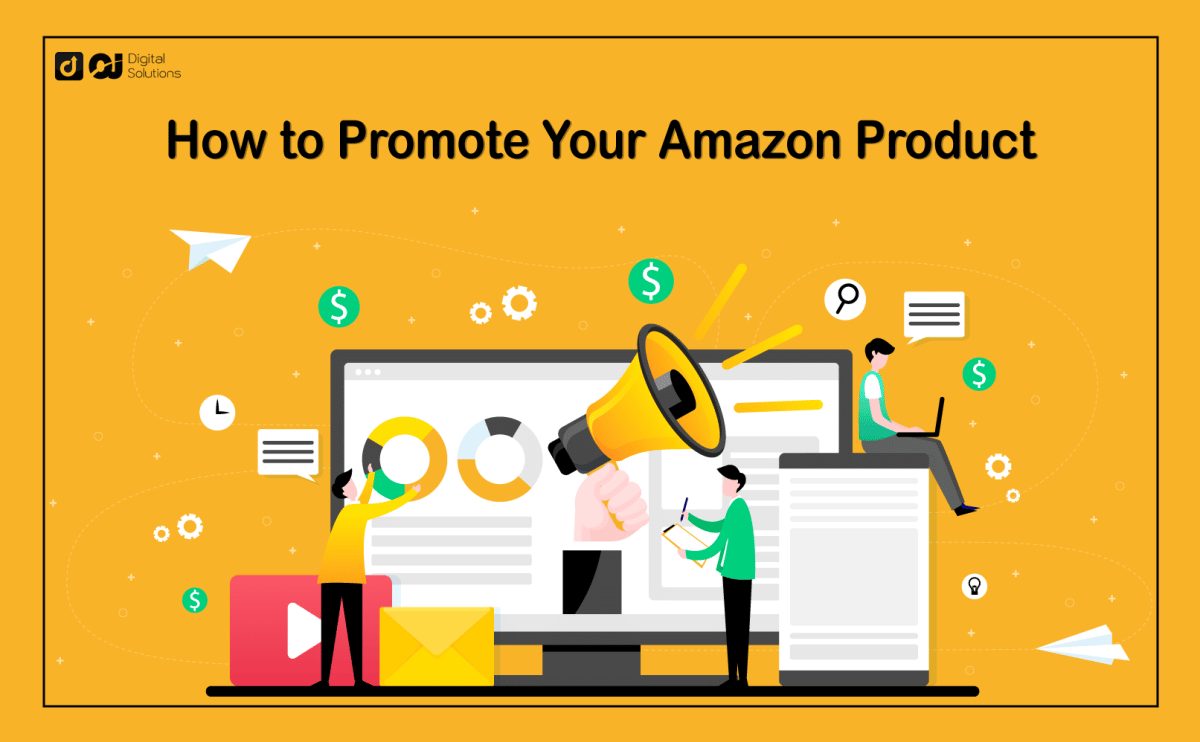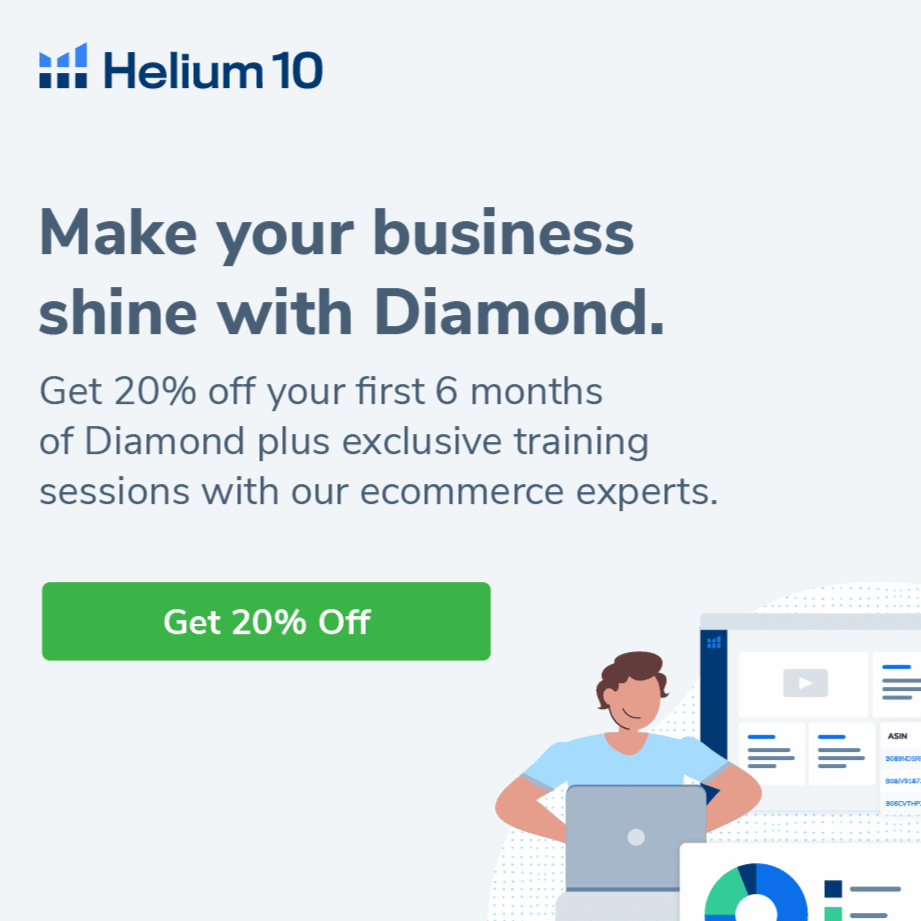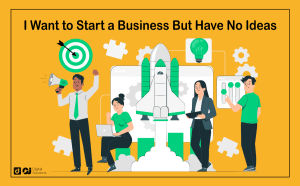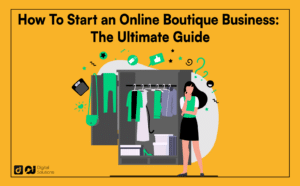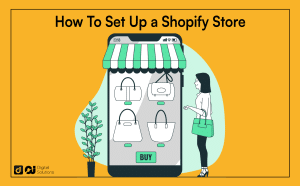With hundreds or even thousands of competitors selling the same product, you will need more than an incredible product to catch customers’ attention who aren’t spoiled for choice.
You’ll need impeccable internal and external promotion strategies to climb to the top of search results.
While figuring out how to drive traffic to your Amazon product may seem overwhelming, you can make it manageable by breaking down your strategy by channel.
Below, I’ve created a guide that will teach you all the basics of promoting your Amazon product externally and internally.
Let’s begin.
What Is Amazon Listing Visibility
Amazon Listing Visibility is a metric that indicates how “visible” your listing is to Amazon’s A10 algorithm (some people still call it A9).
A10 benchmarks your listing against several criteria, such as your Sales Rank, organic search optimization, and customer satisfaction-related metrics, such as reviews and order fulfillment rates.
Visibility is also affected by paid channels. Ad placements, on average, can lead 382 customers to your Amazon listings.
Boosting visibility means keeping performance high across all these areas. Fortunately, these naturally feed into one another, when structured correctly.

A well-optimized listing puts your product in the hands of people who need it, decreasing the likelihood of customers leaving negative reviews.
What Is Amazon Internal Marketing?
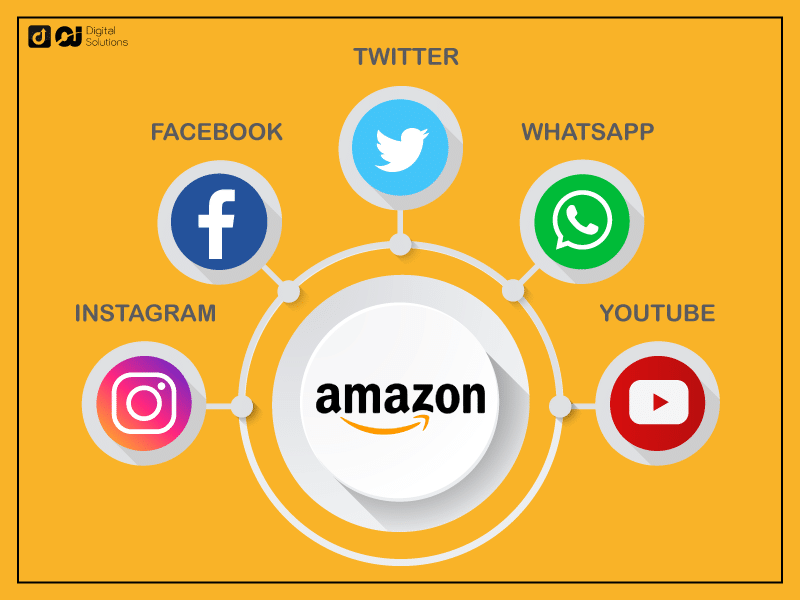
Amazon Internal Marketing encompasses all the tools at your disposal within Amazon. That includes Amazon search engine optimization (SEO) and Amazon advertising.
Amazon SEO is the process of making your listing more visible to Amazon’s search engine through engaging and detailed copy, a smart choice of keywords, and professionally taken and properly formatted photographs.
Certain factors unrelated to your copy, such as your pricing and shipping practices, also fall under Amazon SEO.
Amazon Advertising is the raft of paid advertising services the platform offers sellers. These include Pay-per-click (PPC) campaigns that involve Sponsored Products, Headline Search Ads, and Product Display Ads. Internal promotion schemes such as Lightning Deals, Buy One Get One, Amazon Coupons, and Percentage Off also fall under this category.
What Is Amazon External Marketing?
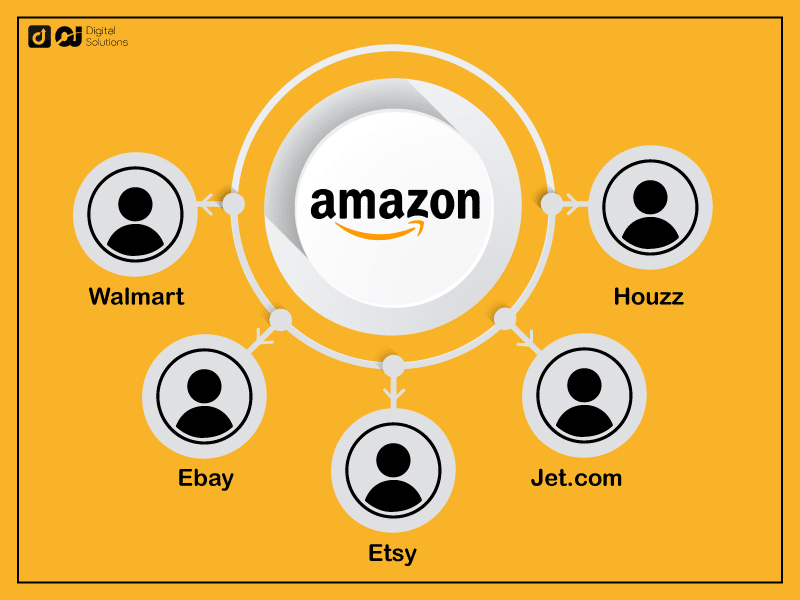
As the name suggests, Amazon External Marketing–also called non-Amazon marketing–is an umbrella term for all the channels you can use to target shoppers outside the ecommerce platform. That includes social media, Google SEO, and external websites.
If that seems like a lot of work, you’d be right. But it’s worth doing work if you want to be a professional Amazon seller.
One reason is that Amazon is the most competitive shopping platform in the world. When you’re jostling with hundreds of other sellers for conversions, you’ll want to use all the different ways to promote products you can access.
Second, external traffic can help you save money by decreasing your costs. On July 15th 2021, Amazon incentivised external traffic with the Brand Referral Bonus. The program gives sellers referral fee rebates for purchases made by visitors coming from external sources. Through the scheme, sellers can lower their referral fees by up to 2 to 30 percent.
Key Strategies for Promoting Amazon Products

How to market Amazon products will the be top concern for professional Amazon sellers.
There are numerous ways to promote products on Amazon. Some will be beyond the reach of the average business, such as pouring thousands monthly into sponsored display ads and sponsored brand campaigns.
But just because you don’t have the deep advertising pockets of brands like Adidas and Samsung, doesn’t mean you can’t compete in search results and make a decent profit. Or that you should ignore sponsored ads completely.
Here are nine marketing strategies and answers to “How To Drive Traffic To Your Amazon Listings” that can drive Amazon shoppers to your Amazon business.
Before getting started, you should make sure that you have a professional selling account, and preferably with amazon brand registry activated. This is an extra, but will greatly help you on the long run.
So, here we go:
1. Email Marketing
You may be wondering, what does email have anything to do with how to get promoted at Amazon? Compared to shiny sponsored brands campaigns and trendy social media posts, email may seem outdated.
But here’s the reality: email remains a powerful marketing channel for retailers.
Emails that are well-curated and targeted will help drive traffic to your Amazon listing. Consumers not only open marketing emails that interest them, half of them will follow through with a purchase at least once a month.
Of course, this means that you first need to have a website on your own or at least a landing page in order to capture your potential customers’ emails, and then when you send them relevant emails, shoppers click on the promotion link inside your email, which should take them directly to the product detail page on amazon’s site.
It’s all worth it, as these will be YOUR customers instead of Amazon’s customers.
2. Share Listings On Social Media

Much has already been said about the power of social media to sell. Today, it’s the de facto method brands use to communicate with their target audience. Consumers are never too far from their phones, and spend an average of two hours and thirty minutes on social media every day.
When you promote your listings platforms like Facebook or TikTok, you’re tapping channels that have unprecedented reach. That’s why every brand should have social media accounts.
Facebook offers the highest reach with its 2.89 billion monthly active users.
TikTok has evolved into a search tool for half of its users who rely on it for brand and product research.
Use social media platforms to build brand awareness, strengthen your brand voice, and drive traffic to your Amazon store and product listings. Sweeten the deal and motivate users to click your listing link by offering a social media promo code!
3. Influencer Marketing
Influencers are this generation’s advertising superstars. Around 37 percent of customers trust social media influencers more than celebrities and brands, believing them to be more authentic and relatable than some out of reach Hollywood star or faceless brand.
Partnering with social media influencers is a powerful way to reach Amazon shoppers, if you can find one who resonates and fits your brand.
Amazon themselves acknowledge the power of influencers in retail marketing with their Amazon Influencer Program.
Launched in 2020, the program gives qualified influencers their own online store where they can promote products from different brands, making it easier to direct their followers to Amazon listings. Plus, it’s an excellent way to get more reviews!
4. Amazon SEO
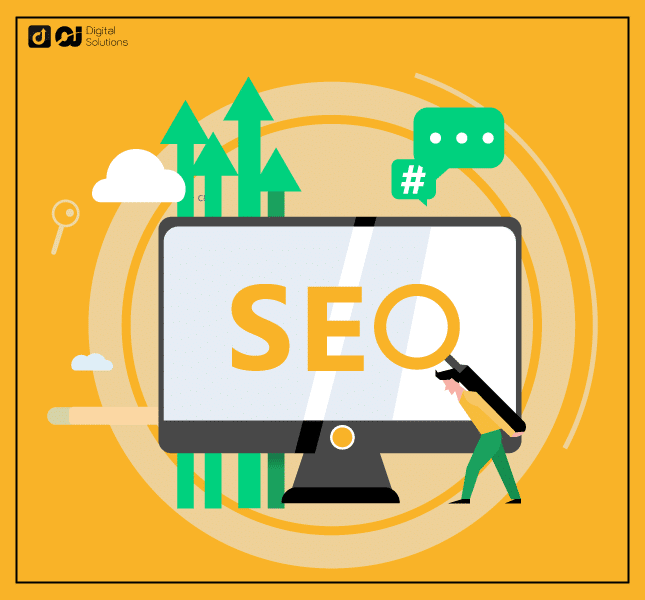
Product descriptions matter! And they matter a lot.
An optimized listing is your greatest asset, even beyond sponsored product ads or partnerships with influencers. Why?
You don’t need to send a single cent to optimize your listing, which makes Amazon SEO accessible and democratizes the platform’s huge reach–sellers of any size can leverage Amazon SEO to drive traffic to their online store.
What you will need is research and the time to test and familiarize yourself with how Amazon’s A10 algorithm works.
There’s a lot of moving parts, from Title Optimization to answering questions and answers.
Every element will influence the chances of Amazon’s search engine boosting your product listings up search results. But it’s very important for you to understand that it’s not a keyword stuffing game anymore.
You can learn all about amazon listing optimization in this guide right here.
5. Launch A Lightning Deal
Time limits are an age-old sales tactic. With Lightning Deals, you can use it at your own Amazon store.
Lightning Deals are time-sensitive promotions that feature your listing in Amazon’s Today’s Deals. Amazon places discounts on a product, and the item usually stays there for 4 to 12 hours.
It’s important to note that Amazon doesn’t offer this boon to just any seller. To qualify for a Lightning Deal, sellers have to be registered with Amazon, using FBA to manage logistics, and need to be getting at least 5 reviews per month. Total rating must also be no lower than 3.5 stars.
6. Personalized Website

There’s only so much space on a product detail page for everything you want to feature. And the thing is, people don’t want to read walls of text when they’re only looking for a window cleaner or a new shirt.
Even Amazon limits descriptions to a maximum of 2,000 bytes.
A dedicated website gives you all the space you need to feature everything about a product.
You can even use it to win over potential customers through blog posts and informative pieces of content. People love free stuff, and great content can place you top of mind when the time comes to hit the Buy Box.
External sites can even serve as a portal to your Amazon listings. While the majority of customers head to Amazon to search for a product, Title Optimization to answering questions and answers still use search engines such as Google and Bing.
A site optimized with relevant keywords will help businesses capture ecommerce sales from these channels.
7. Run Sponsored Product Ads
Paid ads remain one of the fastest ways to get your product in front of your target audience.
The caveat? On a massive marketplace like Amazon, there will always be Amazon sellers with larger advertising budgets that you’ll have to outbid.
Figuring out how to use advertisements to promote my Amazon product shouldn’t be difficult, yet many sellers waste thousands trying to compete for a keyword that won’t convert.
The thing is, you don’t have to go head-to-head with big brands in advertising spend.
Through targeting low to moderate-traffic keywords, you can still see a Return On Ad Spend (ROAS) that makes PPC campaigns worth integrating into your marketing strategy. Like Amazon SEO, there are a myriad of strategies you can use to ensure your returns remain higher than your spending.
It’s important to monitor your ACoS, and make the necessary adjustments to constantly optimize your ads.
8. Drive External Traffic Through Google Search Ads
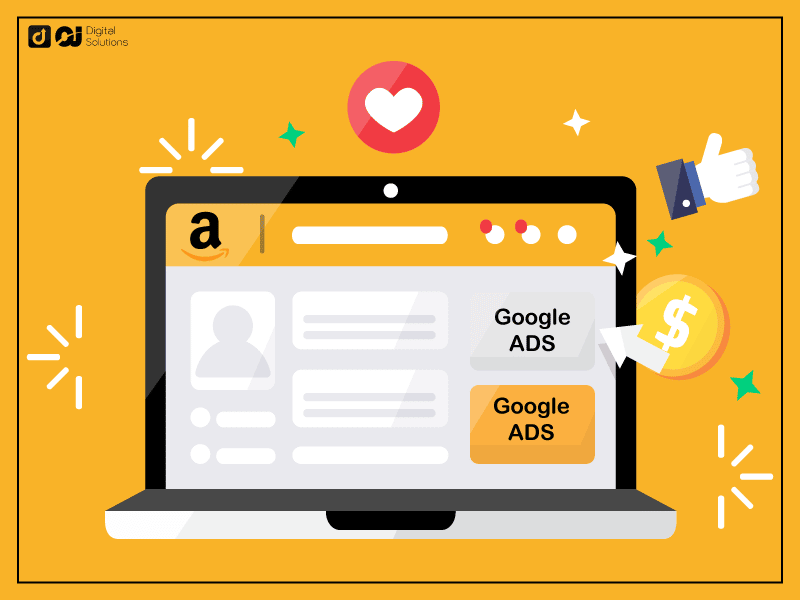
Amazon’s native ads aren’t the only ones that can generate revenue. You can also use Google Ads to direct traffic to your listing.
In fact, some 25 percent of sellers are already using it.
It’s not difficult to see why: even though Amazon and Google can be considered competitors in some areas like cloud technology, they have a seemingly symbiotic relationship. Google is responsible for most of the external traffic that funnels into Amazon. Amazon is Google’s biggest advertising client.
What does that tell us? It tells us that Amazon knows full well the extent of Google’s reach, and is putting a lot of money behind it–professional sellers should take the cue!
FAQ – Frequently Asked Questions
Why are my products not visible on Amazon?
There can be several reasons why Amazon is suppressing your visibility in search results. Sometimes the issue is regulatory; you might use another brand’s name or a trademarked term such as “Velcro” or “Bluetooth”. Other times suppression is due to bad customer reviews, late shipments, or a high return rate. The problem may also be as simple as forgetting to include a detail or incorrectly formatted images.
Can I advertise Amazon products on Instagram?
Yes, you can. Instagram allows sellers to promote on the platform by adding links in their Bios, Stories, and individual Posts. However, note that you can only add one link to your Bio and Stories and that links on posts aren’t clickable. What you can do is to snip long links using a URL shorter, to make them easier for followers to simply copy paste. Start by checking if some errors are displayed on your seller central accout.
What are Page Views on Amazon?
Page Views is the metric that measures the number of visits on your page, either from within Amazon search results or external sources like social media. It’s often confused for Sessions, which measures unique visits. If a customer checks out your page twice in a day, that counts as one Session, and two Page Views.
Where can I see my Page Views and traffic data?
All relevant traffic data can be found on your Seller Central dashboard. Simply navigate to “Business Reports”, and choose “Detail Sales Page and Traffic”. You should frequently check this number to determine the health of your sales strategy.
How much does it cost to promote on Amazon?
Price varies greatly based on a few factors, such as the maximum bids you set and the type of ad you’re bidding on. Generally, sellers can end up paying $10 per click. The more competitive a niche is, the higher your Cost-Per-Click (CPC).
Bottom Line
Promoting on Amazon is a long-term game. Instead of huge spikes, the more sustainable goal is to maintain a consistent trickle of traffic from internal and external channels.
You can’t rely on traditional marketing channels like cost-per-click ads.
Amazon’s systems are designed around the customer experience. Everything from the quality of your product description to the efficiency of your logistics will ultimately help–or hurt–your marketing efforts on the platform.
Do a competitor analysis and model what works. You can sink thousands of dollars in ad spend, but no amount can help drive your listing to the front page if your product has been riddled with negative reviews.
There’s no one answer to how to promote your Amazon product strategy. A comprehensive strategy that uses internal and external channels will be the best way to drive traffic to your online store.

